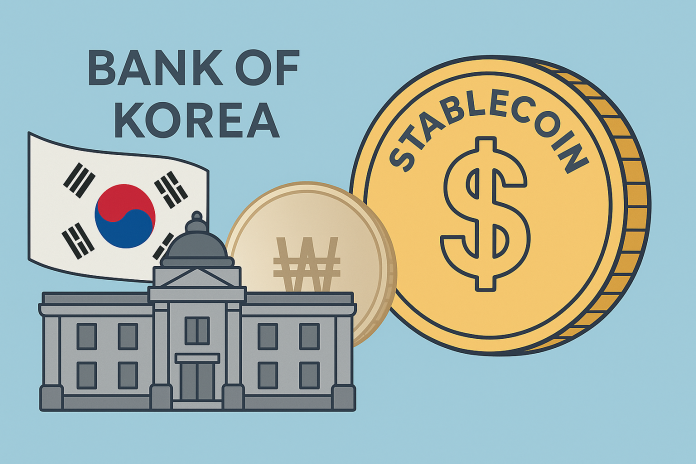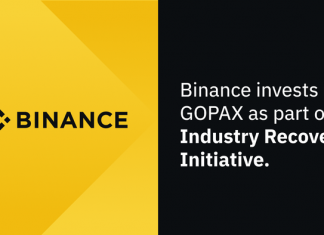
Stablecoins have emerged as a core issue in South Korea’s monetary policy debate. As dollar-pegged digital currencies gain traction in global payments and remittances, the question of whether to allow won-based stablecoins and who should regulate them is rapidly becoming a central policy challenge ahead of the presidential election. At the center of this debate lies a power struggle over regulatory control, with the Bank of Korea (BOK) now taking a firm stance.
The BOK recently stated that if stablecoins pegged to the Korean won are permitted, the central bank must be granted legal authority from the initial issuance stage. Given the far-reaching impact of stablecoins on monetary policy, financial stability, and payment systems, the BOK insists it must have oversight from the start to safeguard its policy tools. This is not merely a technical recommendation it reflects a strategic move to preserve Korea’s monetary sovereignty in the digital age.
While won-backed stablecoins are not currently allowed under Korean law, dollar-based stablecoins like USDT and USDC are already being used in cross-border payments, business transactions, and even in-person retail. The Bank of Korea warns that continued growth in foreign stablecoin usage could undermine demand for the Korean won, reducing the effectiveness of key tools such as interest rate policy and liquidity control.
The situation is further complicated by legislative proposals. A draft version of the Digital Asset Basic Act assigns regulatory authority over stablecoin issuance to the Financial Services Commission (FSC), not the BOK. This has sparked concerns of a regulatory turf war. Bank of Korea Governor Rhee Chang-yong recently emphasized that approving won-denominated stablecoins is essentially the same as authorizing a substitute for sovereign currency, and therefore must fall under central bank jurisdiction.
In parallel, the BOK is outlining a broader long term strategy to integrate Central Bank Digital Currency (CBDC), deposit tokens, and stablecoins into a unified digital financial infrastructure. This vision is not just about regulating a technology, but about redesigning the nation’s monetary order for the future.
At its core, the stablecoin debate is no longer just a matter of innovation or market convenience. It has become a contest over who defines money, who controls it, and how digital value systems will be structured in the years ahead. For Korea, that decision is now urgent and inevitable.






